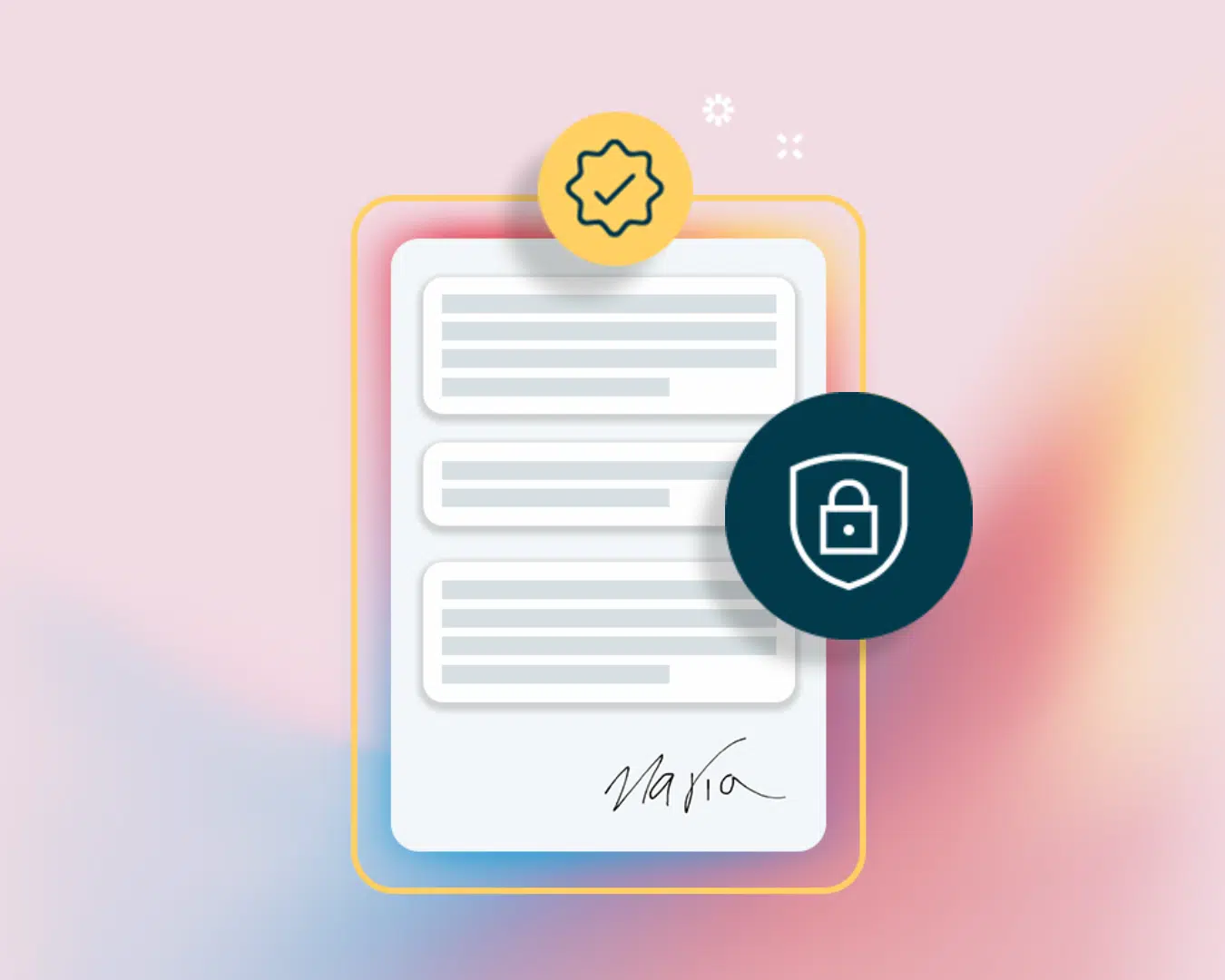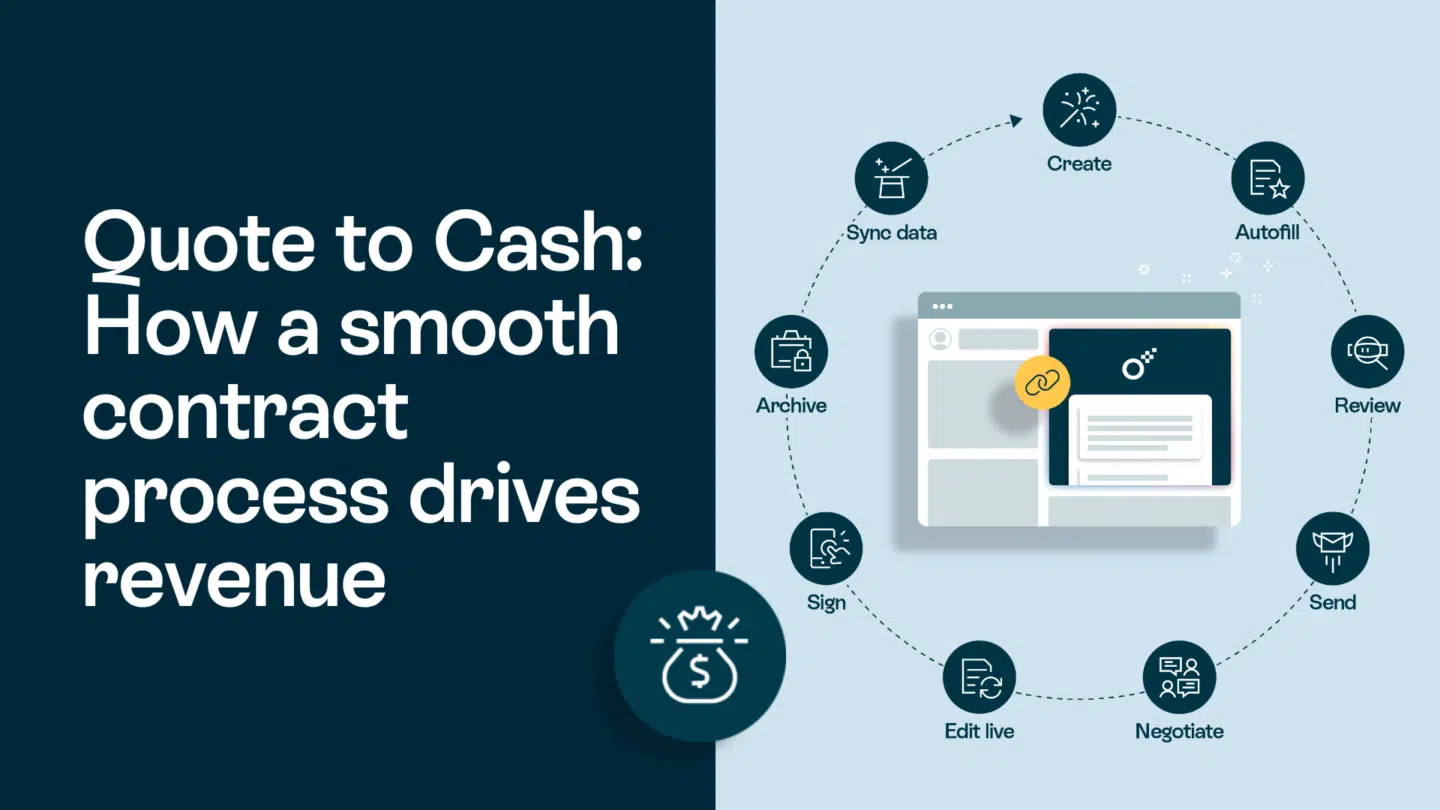An electronic signature for procurement makes your work faster and more efficient than ever before. But it can be tricky to know where to get started with them. That’s where we come in. In this guide, we’ll take a look at how an electronic signature for procurement can help you get ahead – and how you can best use it.
In this guide, we’ll cover:
- How can you use an electronic signature for procurement?
- What are the advantages in using an electronic signature for procurement?
- How to get the most out of electronic signatures for procurement?
But before we get to any of that…
What is procurement?
Put simply, procurement is the process of obtaining goods and services. These goods and services may include raw materials, components, and finished products needed for the production of other goods and services. But it can also involve the management of the contractual relationships between the buyer and supplier of goods and services.
Procurement is an integral part of any organization. It helps organizations to achieve their goals and objectives. The procurement process ensures that organizations get the best value for their money by getting the right goods or services at the right price.
Read also: This is how and why you should use AI in procurement: A complete guide for 2023

1. How can you use an electronic signature for procurement?
Electronic signature, also known as e-signature, is a digital signature that is used to sign electronic documents. It is a legally binding way to sign documents that eliminates the need for paper-based signatures. E-signature is widely used in procurement processes to streamline and automate the signing of procurement documents.
One of the main benefits of using e-signatures in procurement is that it helps to speed up the procurement process. With e-signatures, procurement documents can be signed and returned quickly, eliminating the need for paper-based signatures, which can take days or even weeks to complete.
E-signatures are also more secure than traditional paper-based signatures. They use encryption technology to protect the document and the signature, ensuring that the signature cannot be forged or tampered with. In addition, e-signatures are often backed by legal frameworks and regulations that ensure their validity and enforceability.
To use e-signatures in procurement, there are a few things that organizations need to do. First, they need to identify the types of documents that can be signed using e-signatures. This may include purchase orders, contracts, and other procurement-related documents. Next, the organization needs to choose an e-signature solution that meets their needs. There are many e-signature solutions available, ranging from simple web-based solutions to more complex, enterprise-level systems.
Once an e-signature solution has been chosen, the organization needs to set up the system and train its staff on how to use it. This may involve creating policies and procedures for using e-signatures, as well as providing training on how to use the system effectively.
2. What are the advantages in using an electronic signature for procurement?
Electronic signatures are a powerful tool that can offer several significant advantages for procurement processes. In a world where paper-based processes are becoming increasingly outdated, electronic signatures can help procurement professionals to streamline their processes, reduce administrative tasks, and improve security and transparency.
One of the most significant advantages of electronic signatures is their ability to expedite the signing of important procurement documents, potentially greatly reducing the standard 4-6 week waiting time. With traditional paper-based processes, obtaining signatures can be a time-consuming and cumbersome process, involving the printing, signing, scanning, and forwarding of documents.
This can lead to delays and inefficiencies that can slow down procurement cycles and increase the workload of procurement professionals. Electronic signatures offer a faster and more efficient alternative, allowing documents to be signed quickly and easily, with no need for physical documents to be printed or scanned.
Electronic signatures can also improve the security of procurement processes. In today’s digital world, the risk of fraud and cyber attacks is a major concern for all organizations. Electronic signatures can help to mitigate these risks by providing a secure and reliable means of verifying the identity of the signer and ensuring that the signature has not been tampered with. This can help to reduce the risk of fraud and ensure that procurement processes are conducted in a secure and reliable manner.
Another advantage of electronic signatures is their ability to improve the transparency and auditability of procurement processes. With electronic signatures, it is possible to track when documents were signed and by whom, providing a clear record of procurement activities. This can help to improve accountability and facilitate compliance with regulatory requirements, such as those related to record-keeping and data protection.
Read also: A complete guide to procurement for 2023

3. How to get the most out of electronic signatures for procurement?
When it comes to electronic signatures for procurement, Oneflow is a signature solution that can help you get the most out of their processes. Electronic signatures are a powerful tool for procurement professionals, as they can help to streamline processes, increase efficiency, and reduce errors. Here are some ways that Oneflow can help procurement teams get the most out of electronic signatures:
- Faster turnaround times: With Oneflow, contracts can be signed quickly and easily, which can help to reduce the time it takes to complete procurement processes.
- Increased accuracy: Electronic signatures are more accurate than paper-based signatures, as they can’t be altered or forged. This can help to reduce the risk of fraud and errors in procurement processes.
- Increased security: Oneflow uses advanced security measures to ensure that electronic signatures are secure and tamper-proof. This can help to protect sensitive procurement information and reduce the risk of data breaches.
- Improved collaboration: Oneflow allows multiple parties to sign a document electronically, which can help to improve collaboration between procurement teams and suppliers.
- Better tracking: Oneflow provides detailed tracking and audit trails for all electronic signatures, which can help procurement teams to monitor the progress of procurement processes, identify bottlenecks, and improve efficiency.
The key takeaways
With faster turnaround times, increased accuracy, increased security, improved collaboration, and better tracking, Oneflow can help to streamline procurement processes and increase efficiency. By leveraging the power of an electronic signature for procurement, you can save time, reduce errors, and improve the overall effectiveness of your procurement processes.







